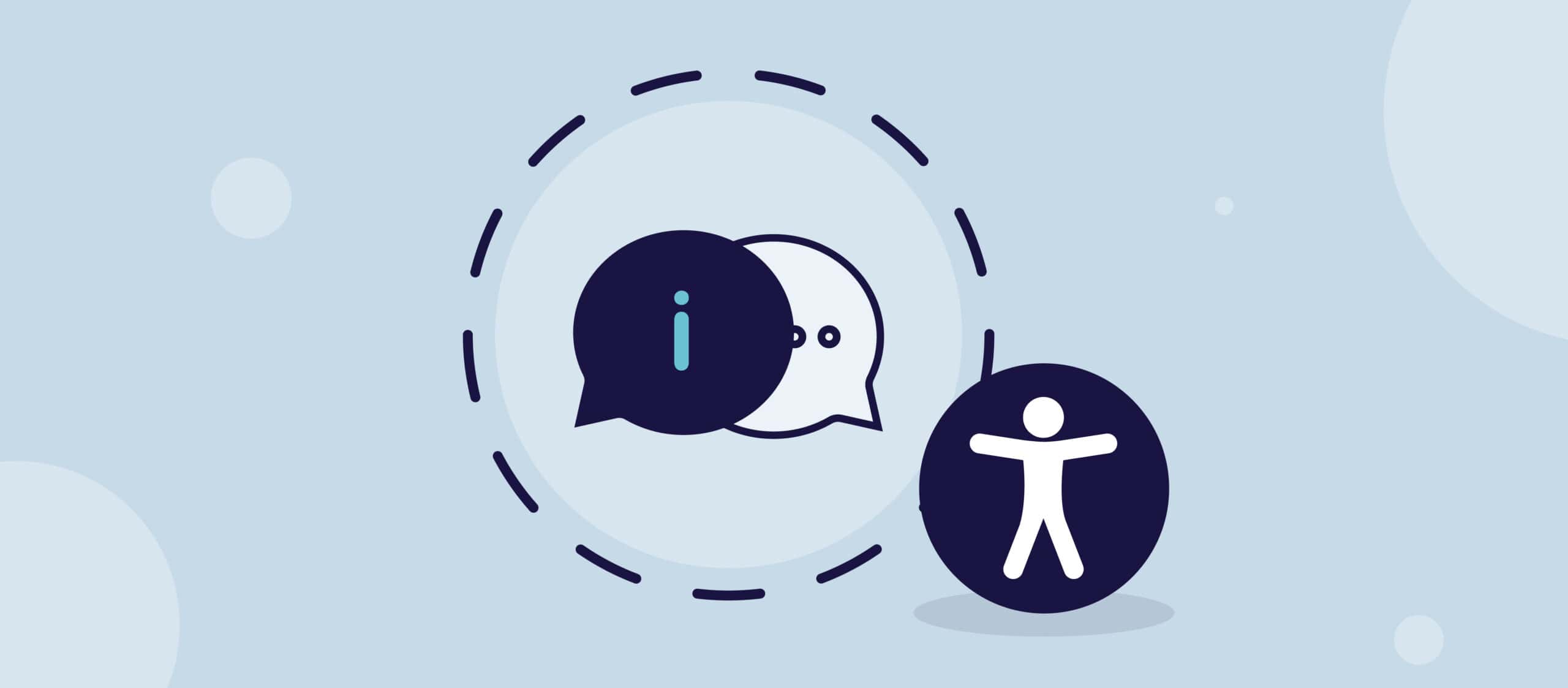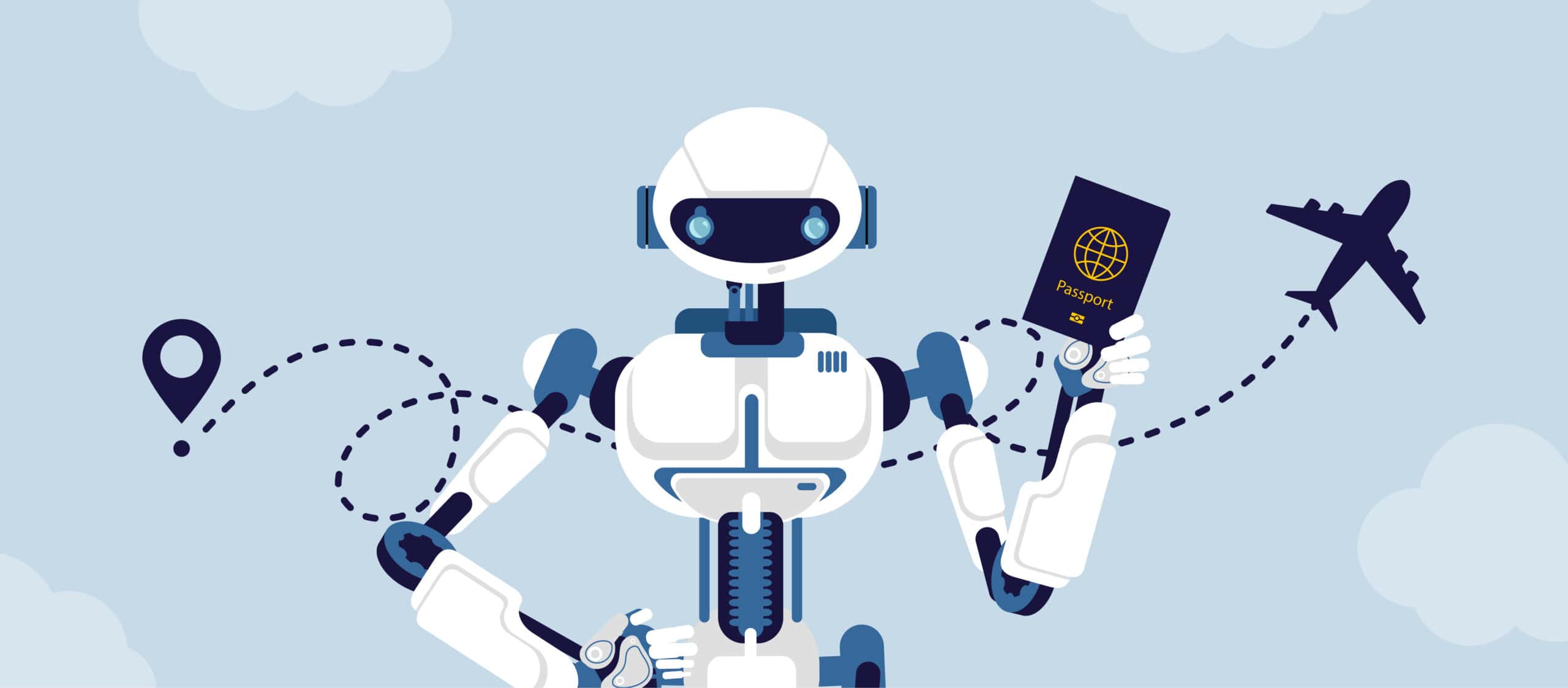In a world where digital communication has become the linchpin of business, education, governance, and social interaction, the importance of accessibility has emerged as a critical consideration. Accessibility is no longer a fringe concept; it’s central to connecting, engaging, and communicating. For professional communicators, this presents a vital challenge and opportunity.
Accessibility: A Definition
Accessibility refers to the design of products, devices, services, or environments usable by as many people as possible, including those with disabilities. Communication means ensuring that content is accessible to everyone, regardless of their abilities.
The Imperative for Accessibility in Communication
Legal Requirements
In many jurisdictions, accessibility is not just a moral duty but a legal requirement. Laws like the Americans with Disabilities Act (ADA) in the United States mandate accessibility in various public domains, including digital platforms.
Ethical Considerations
Incorporating accessibility into communication reflects a commitment to inclusivity, diversity, and equality. It acknowledges that regardless of ability, every individual has a right to access information and participate in the digital landscape.
Business Benefits
Accessibility opens doors to broader audiences. Ensuring your content is accessible, you reach more people, enhance user experience, and foster brand loyalty.
Key Areas of Focus in Accessible Communication
Visual Content
Images and Graphics
Provide alternative text descriptions for images and graphics. This allows screen readers to describe the content to users with visual impairments.
Colour Choices
Consider colour contrast and avoid conveying information solely through colour to assist those with colour vision deficiencies.
Video Content
Include video captions and transcripts to ensure that deaf or hard-of-hearing users can access the information.
Written Content
Readable Fonts and Layouts
Choose fonts and layouts that are easy to read, keeping in mind users with dyslexia or low vision.
Clear Language
Use plain language that is easy to understand, considering users for whom English may not be their first language or those with cognitive disabilities.
Website and Application Design
Navigation
Ensure that your website or application can be navigated using keyboard commands or voice commands, catering to users with mobility impairments.
Responsiveness
Create responsive designs that work across various devices, accommodating users who may rely on specialized equipment.
Tools and Technologies for Accessible Communication
Numerous tools and technologies can aid in making content accessible:
Automated Testing Tools
These tools scan websites or applications for common accessibility issues. They are valuable for initial assessments but usually require human judgment for a comprehensive evaluation.
Screen Readers
Understanding how screen readers interpret content can guide how you create and structure information.
Assistive Technologies
Awareness of various assistive technologies, such as Braille displays or voice input software, informs more empathetic and effective communication.
Challenges and Solutions
Balancing Aesthetics and Accessibility
Striking the balance between visual appeal and accessibility can be challenging. Collaborating with designers who specialize in accessibility can yield solutions that satisfy both requirements.
Keeping Up with Technology
The rapid evolution of technology means that accessibility requirements are continually changing. Ongoing education and engagement with accessibility communities can keep you abreast of the latest developments.
Resource Constraints
Accessibility can be resource-intensive. Building accessibility into the initial design phase, rather than retrofitting, can save time and resources. Utilizing available tools and following established guidelines can streamline the process.
Best Practices for Incorporating Accessibility
- Emphasize Accessibility from the Start: Make accessibility a foundational principle in your communication strategy.
- Educate and Train: Ensure that your team understands the importance of accessibility and how to implement it.
- Collaborate with Experts: Engaging with accessibility experts or consulting agencies can provide valuable insights and guidance.
- Regularly Evaluate and Update: Continuously assess and update your content to ensure ongoing accessibility.
Integrating accessibility into communication is a dynamic, multifaceted endeavour that touches on legal, ethical, and practical considerations. It’s about recognizing the diverse needs of the global audience and creating content that resonates with everyone.
For modern communicators, the task is clear: Embrace accessibility as an integral part of the communication process. It’s not a mere compliance issue but a reflection of organizational values, ethical commitment, and strategic vision.
In an era of connectivity and interdependence, accessibility is a testament to our collective aspiration for a world where communication barriers are dismantled, and inclusivity thrives. It’s a journey filled with challenges but also rich with possibilities, innovation, and growth. By weaving accessibility into the very fabric of our communication, we forge connections that transcend limitations, celebrate diversity, and enrich our shared human experience.



